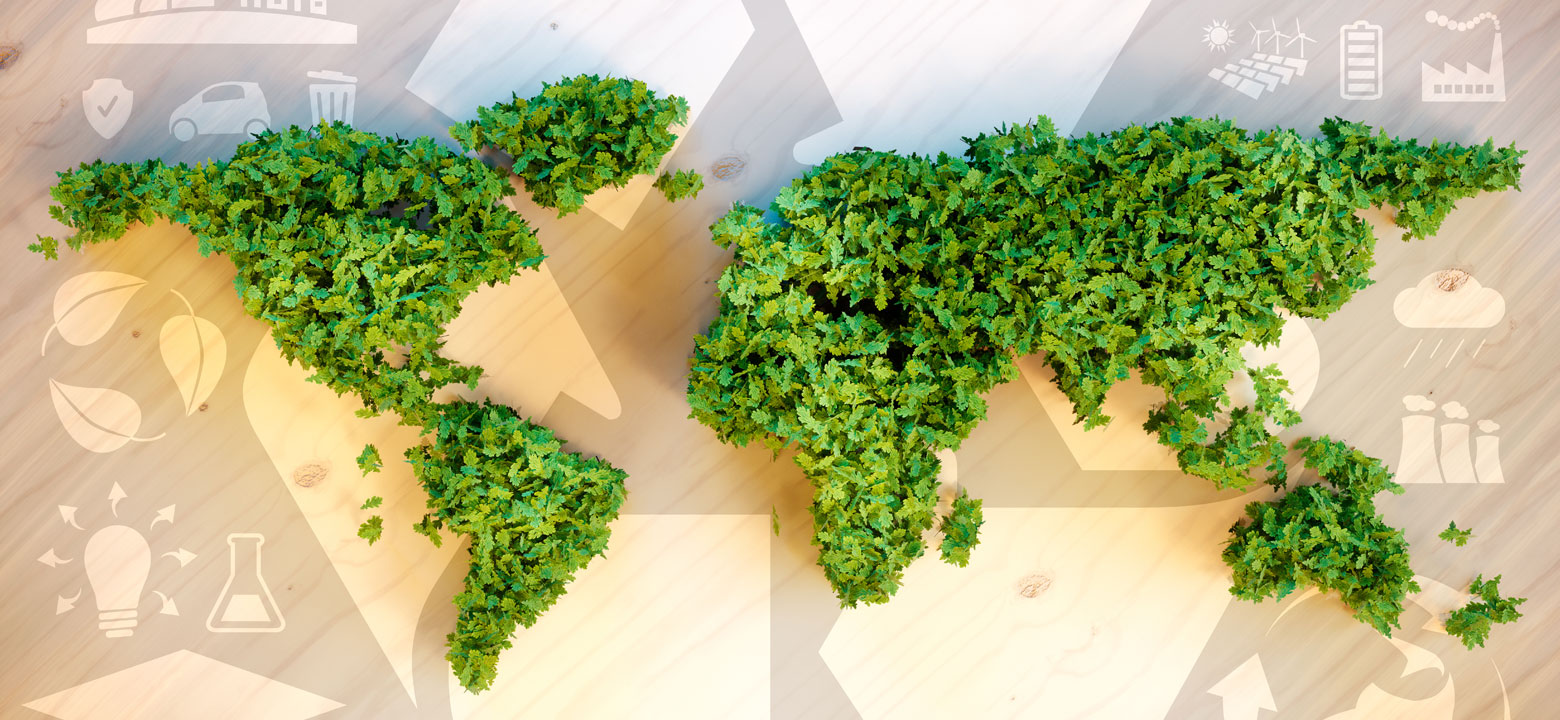
All around the world, countries are waking up to the benefits of renewable energy sources. There's a race to distance themselves from the need for coal, oil, and natural gas as they begin to recognize what energy independence means for their economies, power grid, and the environment alike. Who's currently leading the pack, and how are they pulling it off?
There are two ways to answer the first question: Which country is producing the most renewable energy overall, versus who's covering the biggest share of their energy needs with renewables alone?
When it comes to who's creating the most renewable energy, the answers are often some of the world's biggest polluters, purely by virtue of population. When you have a population of billions, then covering just ten percent of the country's energy needs with renewables still amounts to a lot of gigawatt-hours (GWh). On the other hand, considering the problems inherent in the distribution of renewables over nonrenewable energy sources, it makes sense that smaller countries with a lower population would have an easier time covering a larger share of their energy needs with green power.
China produces the most GWh of renewable energy by a large margin. As of 2017, they had the most photovoltaic cells and wind turbines of any nation. This is unsurprising, as they are also the world's largest producer of materials and parts for solar panels. Bioelectricity production also grew by 6% in 2020, with China as the leading producer.
Bioenergy is a bit different from other forms of renewables, in that it uses waste from landscaping, forestry, and agriculture, as well as sewage and specific crops grown for energy production. This is a good strategy for countries like China, India, and even the United States, as all of these countries have very large agricultural industries with the potential to produce a lot of usable waste. This waste can be converted to power or heat through a number of different processes, some of which are still in the testing stage. By the end of 2020, China had the biggest bio-power operation in the world.
China is also a major producer of ethanol, a liquid biofuel. While the US is the world's largest ethanol producer, China has a large (and increasing) domestic demand to meet. Demand for traditional gasoline fell by roughly 7%, while demand for ethanol increased by 10% as biofuels were made more widely available throughout the country. In 2020, China's ethanol production grew by 3%, to reach about 4 billion liters.
Denmark was capable of producing about 140% of its energy demand in 2015 with wind turbines, and currently produces about 63% of its total energy with variable renewable sources (both wind and solar). This country also generates record-setting amounts of wind power per capita—roughly 700 megawatts per million people as of 2017. As of 2020, they were still at the top for non-hydro renewable power capacity per person, just behind Iceland. Ørsted, specifically, set a goal of 99% renewable power by 2025. As of 2018, they had already reached 75%.
This country has also opted to put a stop to all new oil and gas exploration, in order to stop extracting fossil fuels entirely (both domestically and overseas) by 2050. Denmark has also earmarked roughly $413 million USD in subsidies for over ten years for energy efficiency improvements in industry, and about $480 million USD for renewable gases for industries that aren't able to use renewables directly. Coupled with tax increases on nonrenewable heating fuels and tax incentives for renewable heating, Denmark has created multiple policies to help increase its domestic demand for green energy.
As of this writing, European countries are leading the world shift to renewable power. The World Economic Form released the Energy Transition Index 2020, which ranks countries with a view to helping businesses and governments alike achieve a green energy transition. According to the report, the nations that are best poised for this transition are Sweden, Switzerland, Finland, Norway, Austria, and the United Kingdom. Within the UK, Scotland has been able to cover 98% of its energy needs with wind power alone.
Renewable power production is governed by a lot of factors. For one, a smaller population makes it easier to meet energy demands. Having enough space for solar and wind farms is another advantage, and a large industry that produces a lot of biological waste for bioenergy production also helps. Lastly, subsidies for renewable energy and policies that disincentivize the use of non-renewables help increase the local demand for green power. It's evident that weaning ourselves off of fossil fuels will require a multi-pronged approach, both from a policy and production standpoint.